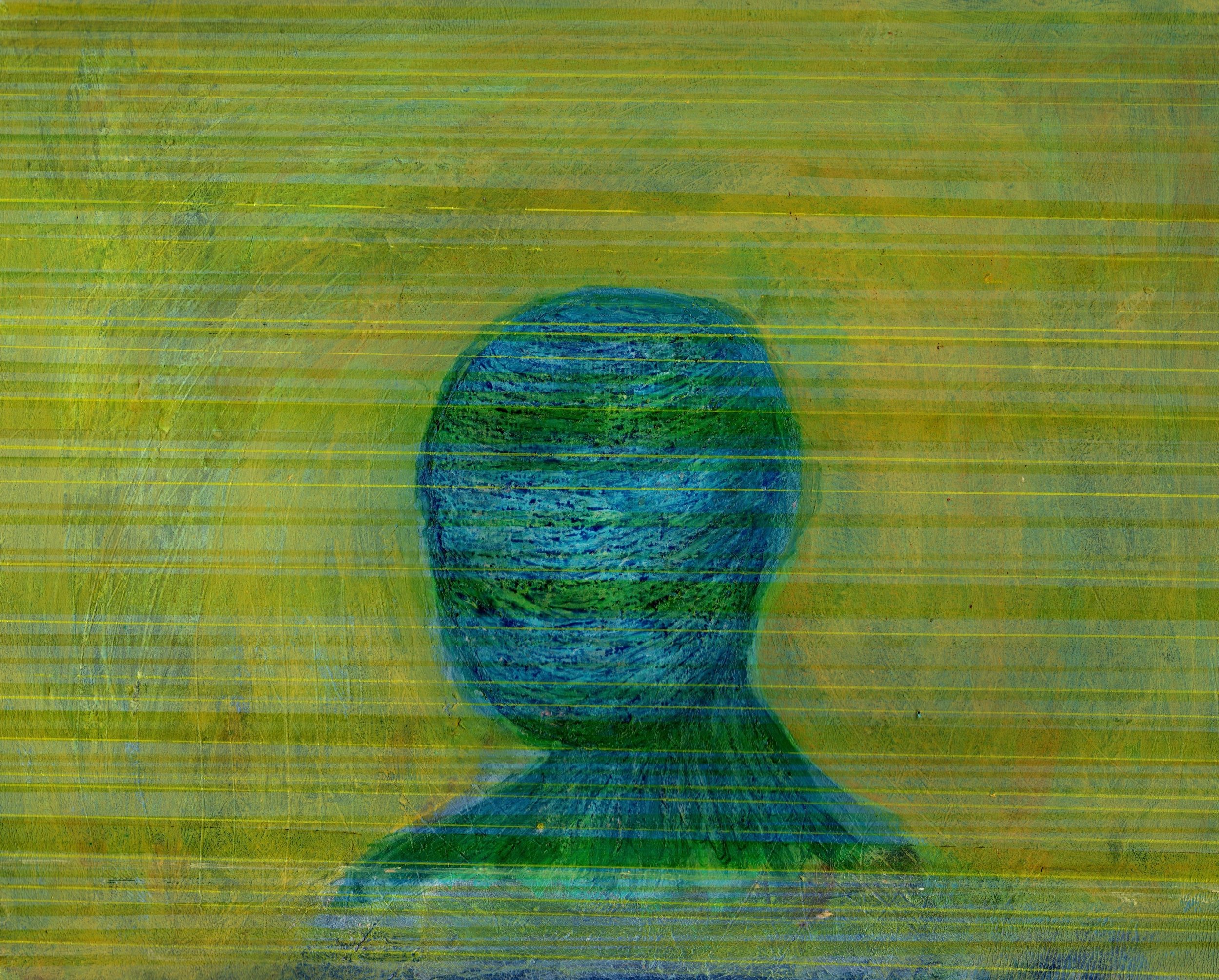Medical students Tessa Palisoc and Andrew Murdock comment on how the arts—in this instance painting and dance—allow the artist and the observer to “process death and find a nuanced perspective of loss.”
Read moreThose Who Came Before: A Promise and a Reflection by medical student-artist Angela Tang-Tan
Medical student Angela Tang-Tan, creator of the cartoon, “White Coat Ceremony,” worked as an EMT transporter during the COVID-19 pandemic. In this blog post, she reflects on a poem from that difficult time by by geriatrician Terry E. Hill, MD entitled, “Points of Historical Interest.”
Read moreThe Art of Being Here: A Reflection on the Hidden Moments of Care by medical student Tiffany Chen
Medical student Tiffany Chen, author of “Coffee and Crosswords” in the Fall 2024 issue of Intima, shares an appreciation of Kirilee West’s Studio Art pieces in, “The Art of Being Here,” from the Spring 2022 issue. West beautifully depicts “hidden” moments of care, and her artwork shows different providers attending to patients and ensuring they are comfortable even when they are not fully conscious.
Read moreA House, Not a Home: Reflecting how imagery can reveal the human psyche byJennie Vegt
One of the images from the Mitwelt Melt Series by Jennie Vegt. Spring 2024 Intima
“Finding meaning in suffering is sometimes the only coping strategy remaining,” says the artist. This series of six paintings explores grief in a visually complex manner.
Carl Jung believed house imagery in dreams represent the human psyche. In both artworks, the houses are familiar structures of shelter that simultaneously represent ominous confinement and isolation. We may be capable of observing and moving past some psychological structures that have become an obstruction, while others feel intertwined with our very being, like a house that fits more like a skull.
Read moreWe’re Invisible, Too: Showing Respect for Healthcare Workers by Cheryl Bailey
A retired gynecologic oncologist reflects on her own career and realizes how watercolor artwork can allow for even healthcare providers to be seen.
Read moreBefore and After: In Response to “The Face as an Organ of Identity” by California community doctor Katie Taylor
I work at a community clinic with patients who are homeless–there is the stigma of homelessness, and then there is the stigma of looking homeless.
Some patients of mine do not–or do not yet– appear unhoused. It is usually those who still have family that support them, who live in a car, who hold a job—running food for Doordash, picking for Amazon, sitting security—or who have not been homeless for so very long. But many of my patients do appear frankly homeless: a shuffling gait, a blanket draped around their shoulders, belongings pushed in a stroller, blackened teeth, leg wounds.
The Healing Power of Empathy: Does it Exist? Can it be Acquired?
In this reflection, a retired surgeon examines the research findings of evidence-based medicine to uncover whether empathy, in addition to the principles and practice of narrative medicine, can facilitate deeper healing.
Read moreDementia and Alzheimer’s Disease: When the Outside Looks Different From What’s Happening Inside by Kimberly Mitchell
© The War Outside. From “The Impact of War on Mental Health” series. Claire Lawrence Spring 2022 Intima
One of my most enduring memories of volunteering is of helping with a beauty club for patients with advanced Alzheimer’s Disease. Each week I would be regaled with stories of young women visiting their mothers and planning fun outings with their girlfriends. While I applied makeup and painted fingernails, the smiles and facial expressions were those of young women anticipating a good time.
On the outside these ladies were quite different.
On "Feeling Blue" and Self Care: A reflection by neonatologist-poet Elizabeth Osmond
© Feeling Blue Amanda Hage Spring 2022 Intima
It is a challenging time to practice medicine. We are emerging from a global pandemic that is casting a long shadow. This has mingled with austerity for public service funding and a cost-of-living crisis. Members of many healthcare professions have been on strike.
Read moreCrossing the Line: The Power of Touch by Catherine Humikowski
A pediatric intensive care physician advocates for crossing the imaginary line and using the power of touch to comfort those in need.
Read moreThe Individual Nature of Care by Joanne Clarkson
A nurse examines a clinical encounter through her poetry and appreciates the individual nature of care.
Read moreOn Work-Worn Hands and Gestures of Love, a short essay by poet and educator, Joan Baranow
A writer and poet honors the memory of her mother by finding the parallels between her own work and the story of another mother and daughter.
Read moreOn Knowing
A nurse ponders the role of hope in the clinical encounter and whether the holy can be found within the realm of medicine.
Read moreOn Being Confined
A retired hematologist explores the importance of clinical communication and health literacy by close reading two pieces published in this journal.
Read moreThe Embodied Connection in Patient-Provider Interaction
A former PICU nurse examines the power of both embodiment and gaze in the clinical encounter.
Read moreAfter Testimony, Tribute
A testimony and tribute to one writer’s mother who passed away from COVID-19.
Read moreSeeing Through
A retired nurse remarks on what she has witnessed in the hospital setting via studio art and poetry published in this very journal.
Read moreA Transplant Patient's Reflection on Living While Dying
An artist and organ transplant recipient considers the isolation of her own illness experience and further explores these issues in her graphic medicine comic, published in this very journal.
Read moreBeing More Than Just a White Coat
A visual artist explores the trusting relationship she shares with her psychiatrist—and how that fiduciary manifests itself through her photodrawings and studio art.
Read moreI Am Moments / I Am Nature
Through collage art and poetry, a pathologist comes to understand that our anatomical selves are made up of the same building blocks that comprise all life on earth.
Read more


